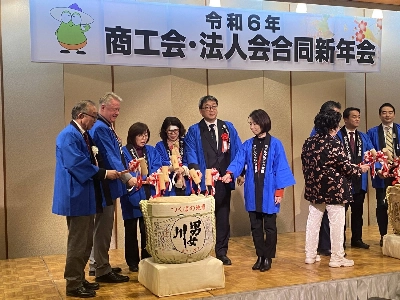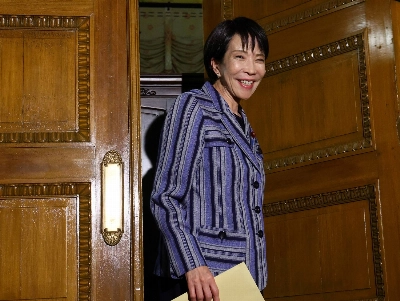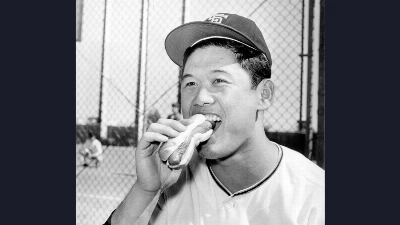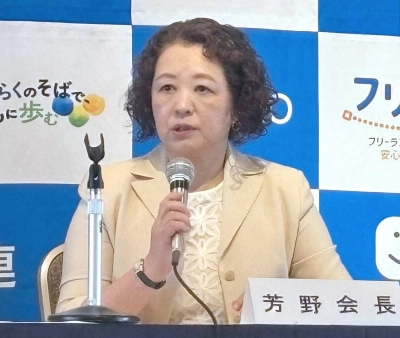Barely a month on the job, Prime Minister Junichiro Koizumi has yet to flesh out his reform blueprint. In this sense, he can be likened to a painter who has only just finished the outlines of a portrait. Now, however, he is about to draw a bold nose smack in the middle of the canvas. We refer to his determined attempt to overhaul the rigid system of use-specific tax revenues.
Mr. Koizumi's fiscal reform plan is still sketchy. In his maiden policy speech to the Diet, he pledged to limit annual bond issues to less than 30 trillion yen and then achieve a "primary" budget balance where bonds are issued only to service the outstanding debt. Now he is getting down to brass tacks: the ways in which the revenue budget is prepared.
He is talking about tax revenues that are pre-emptively earmarked for specified uses, notably road construction. These sources of income have often been criticized in the past for creating a rigid budget structure, but attempts to change them have flopped in the face of fierce resistance from legislators with close ties to interest groups.


















With your current subscription plan you can comment on stories. However, before writing your first comment, please create a display name in the Profile section of your subscriber account page.